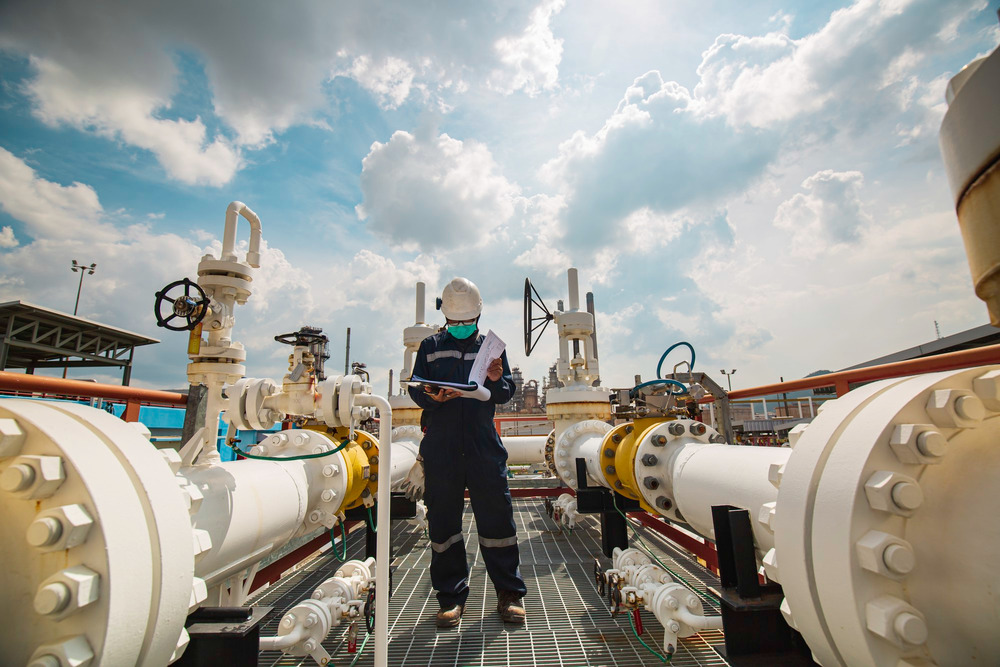In today’s rapidly digitalizing industrial landscape, effective resource management is essential for improving operational efficiency and staying competitive. With increasing energy costs and the global push for sustainability, many businesses are turning to energy monitoring solutions to better understand and manage their consumption. Energy monitoring systems provide real-time insight into energy usage, enabling companies to identify inefficiencies and make data-driven decisions. At Adatech, we specialize in delivering innovative and customized energy monitoring technologies tailored to the unique needs of each facility.
These energy monitoring systems go beyond simple data logging. They track consumption across various utilities such as electricity, gas, steam, and water, offering a complete overview of resource usage. With the support of advanced energy monitoring software, users can generate actionable reports that highlight trends, anomalies, and optimization opportunities. Integrated energy monitoring automation eliminates manual errors and ensures consistent data flow from field sensors to centralized platforms. These solutions are scalable and suitable for use in both industrial and commercial facilities. By utilizing a smart energy monitoring program, organizations can take a major step toward digital transformation. This article will explore what is energy monitoring system, its objectives, applications, and how software and automation come together to streamline energy management.
What is an Energy Monitoring System?
An energy monitoring system is a technological solution designed to track, analyze, and manage the energy consumption of a facility in real time. These systems collect data from various points across the infrastructure, such as machinery, lighting, HVAC, and utilities, to provide a detailed view of how energy is used. This allows facility managers and decision-makers to identify inefficient areas and take corrective action. The system uses smart sensors and meters to continuously record usage metrics and transfer them to a centralized platform. Through energy monitoring software, users can view charts, alerts, and performance summaries that enable smarter planning. This process supports predictive maintenance, cost control, and sustainability goals.
Modern energy monitoring tools are essential in achieving operational excellence and environmental responsibility. They not only help reduce utility bills but also support businesses in reaching energy efficiency standards. Many solutions are equipped with energy monitoring automation, which minimizes human intervention and enhances reliability. With automated alerts and intelligent recommendations, energy waste is reduced without the need for constant supervision. These systems are scalable and adaptable to a wide range of industries. Understanding what is energy monitoring system is crucial in realizing its value in long-term strategic planning. Whether applied to industrial complexes or commercial buildings, such technologies provide a competitive edge. A robust energy monitoring program enables organizations to achieve more with less energy. It also facilitates compliance with energy regulations and supports green initiatives.
What are the Purposes of an Energy Monitoring System?
The main purpose of an energy monitoring system is to provide transparency and control over a facility’s energy usage. By continuously collecting and analyzing consumption data, businesses can make informed decisions that improve efficiency and reduce operational costs. These systems help identify peak usage times, detect abnormal consumption patterns, and prevent unnecessary energy waste. This allows companies to optimize equipment operation schedules and reduce wear and tear on critical systems. Environmental sustainability is also a key motivator, and energy monitoring system objectives often include reducing carbon emissions and improving overall energy efficiency. The data collected also supports compliance with government regulations and environmental standards.
Another important goal is to improve business performance through data-driven insights. The integration of energy monitoring software ensures that complex data is transformed into meaningful reports and visualizations. These insights help organizations identify trends and opportunities for energy-saving measures. With the help of energy monitoring automation, alerts and adjustments can be triggered automatically, ensuring fast response to inefficiencies. Additionally, a centralized energy monitoring program provides a unified view of multiple facilities or departments. This empowers energy managers to take proactive actions rather than reactive ones. In this context, energy monitoring becomes a strategic tool for sustainability, reliability, and competitive advantage.
Where are Energy Monitoring Systems Used?
Energy monitoring systems are widely used across various sectors to manage and optimize energy consumption. In industrial environments such as manufacturing plants, automotive factories, and chemical processing facilities, these systems help track usage across machinery and operations. They play a key role in identifying inefficiencies, maintaining production continuity, and reducing costs. In the commercial sector, energy monitoring is utilized in office buildings, hotels, shopping centers, and hospitals to manage HVAC systems, lighting, and appliances more efficiently. Government buildings, schools, and data centers also rely on these systems for sustainable energy management. With the growing emphasis on green buildings and smart cities, their role has become even more prominent.
In addition to tracking electricity, many systems also monitor gas, steam, and water, making them suitable for complex energy infrastructures. Through centralized energy monitoring software, users can oversee multiple locations from a single interface. Automated processes via energy monitoring automation allow instant alerts and corrective actions when energy thresholds are exceeded. This is especially beneficial for large-scale organizations that operate across multiple sites. A customizable energy monitoring program helps tailor the monitoring process to specific industry needs, ensuring maximum efficiency. No matter the sector, understanding where energy monitoring systems are used is essential for reducing consumption and achieving sustainability goals.
Energy Monitoring Software and Automation Solutions
Modern energy monitoring software is designed to turn raw consumption data into actionable insights. These platforms collect, process, and visualize energy usage in real time, allowing users to monitor performance and optimize energy consumption strategies. Features such as customizable dashboards, historical comparisons, and predictive analytics help energy managers make data-driven decisions. Advanced solutions can even integrate with building management systems (BMS) and SCADA platforms for broader control. As businesses expand, scalable and cloud-based energy monitoring systems enable centralized oversight of energy data across multiple facilities. These systems are built to improve transparency, boost efficiency, and reduce energy-related expenses.
A key component of these solutions is energy monitoring automation, which ensures continuous performance without requiring manual intervention. Automated alerts, self-adjusting controls, and scheduled reporting are just a few of the tools available to streamline energy management. Integration with IoT devices also enhances real-time responsiveness and accuracy. With the help of a robust energy monitoring program, businesses can simplify compliance, enhance sustainability, and reduce operational risks. Whether you’re managing a factory, a corporate campus, or a distributed network of buildings, energy monitoring solutions bring control and insight to your fingertips. These tools answer the evolving question of what is energy monitoring system in a practical and future-ready way.

Our areas of expertise in the field of Energy Monitoring are:
-
Real-time energy monitoring systems
Our real-time energy monitoring systems track consumption instantly to quickly identify potential losses. They enhance energy efficiency and deliver sustainable cost advantages.
-
Smart meter solutions
Our smart metering solutions accurately measure electricity, water, and gas consumption, ensuring transparent management and easy reporting.
-
Data collection and analysis platforms
Our data collection and analytics platforms centralize multiple energy sources to generate comprehensive reports. They support strategic decision-making and efficiency.








